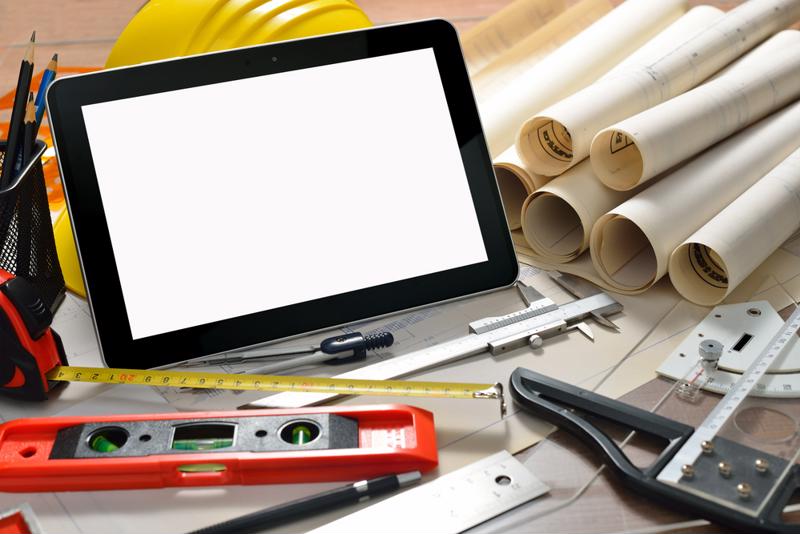
How to properly leverage IIoT data
By Max BurkhalterApril 23, 2018
As the internet of things settles into mainstream reality, it is only natural to expect some segments to branch off and develop along similar, but noticeably unique lines. Enter the industrial internet of things, IoT components designed especially for uses outside of a vanilla office setting. This can include uses in oil rigs, storage warehouses, printing floors and many other locations.
IIoT devices typically deal with the direct data generated from manufacturing and creation. It typically works with big data, helping to record information from an incredible multitude of users and machines. Sensor data, machine-to-machine communication and automation are also common traits of IIoT. As TechTarget pointed out, IIoT operates on the philosophy that, through machine learning, devices may be able to run more smoothly and efficiently on their own.
However, all this information gathering is only as useful as its implementation. North America is racing ahead in overall IoT usage, poised for a 36 percent compound annual growth rate through 2021, according to IoT Analytics. While this adoption is helpful, its full potential won't be realized if companies don't adjust their infrastructure to better communicate and process data.

Decompartmentalizing company culture
Traditional corporate culture is siloed, especially within larger organizations. As a business grows, certain departments branch off, each supervised by a manager. This procedure ensures that each segment within a company will be overseen by a human being who can be held accountable.
While this strategy is still possible, companies need to break down the barriers segmenting departmental data. Oftentimes, branches don't fully share resources, opting instead to only attach explicitly requested data in emails or in a DropBox folder. This isn't enough. Businesses can have the best sensor programs in the world but they won't be able to fully understand and act on the information if it remains divided.
Picture company like a book - each branch is a chapter. When those chapters are apart, the story doesn't fully make sense. Everything within the chapter functions properly but all larger meaning is lost. Businesses wishing to effectively utilize IIoT need to make sure that, while managerial staff may be segmented, their divisions' information flow is not.
Empowering remote office management
In addition to department segmentation, many larger organizations operate simultaneously in different locations. These remote branches frequently don't have the staff, especially on the C-level, that the main office possesses. This causes communications to frequently be dictated from the primary location to secondary branches.
To improve this process, Perle and others have created software to better optimize device management. These programs empower central teams to directly act on data input from remote locations and make alterations as necessary.
In addition, hardware such as remote power switches and media converters is also advised. Media converters help boost signal strength, reducing the likelihood of a downed connection. Remote power switches give central locations the ability to cycle power systems without having to use manual input. This prevents overheating and keeps hardware working correctly.

Changing the mental mindset
A large aspect of adapting to the IIoT involves understanding the comprehensive nature of this change. According to Accenture, IIoT specifically is set to add at least $14 trillion to the global economy by 2030. This is not one new tool, it is an entire new kit of solutions. Companies cannot simply add it as another avenue of business, they must adapt to its new workflows.
Perle has the hardware and the staff experience to help hopeful IIoT players better implement their new technology. Our equipment is designed to empower the stronger, more consistent connections that will be vital to IIoT optimization. Contact Perle today to learn how we can help you prepare for an IIoT future.



